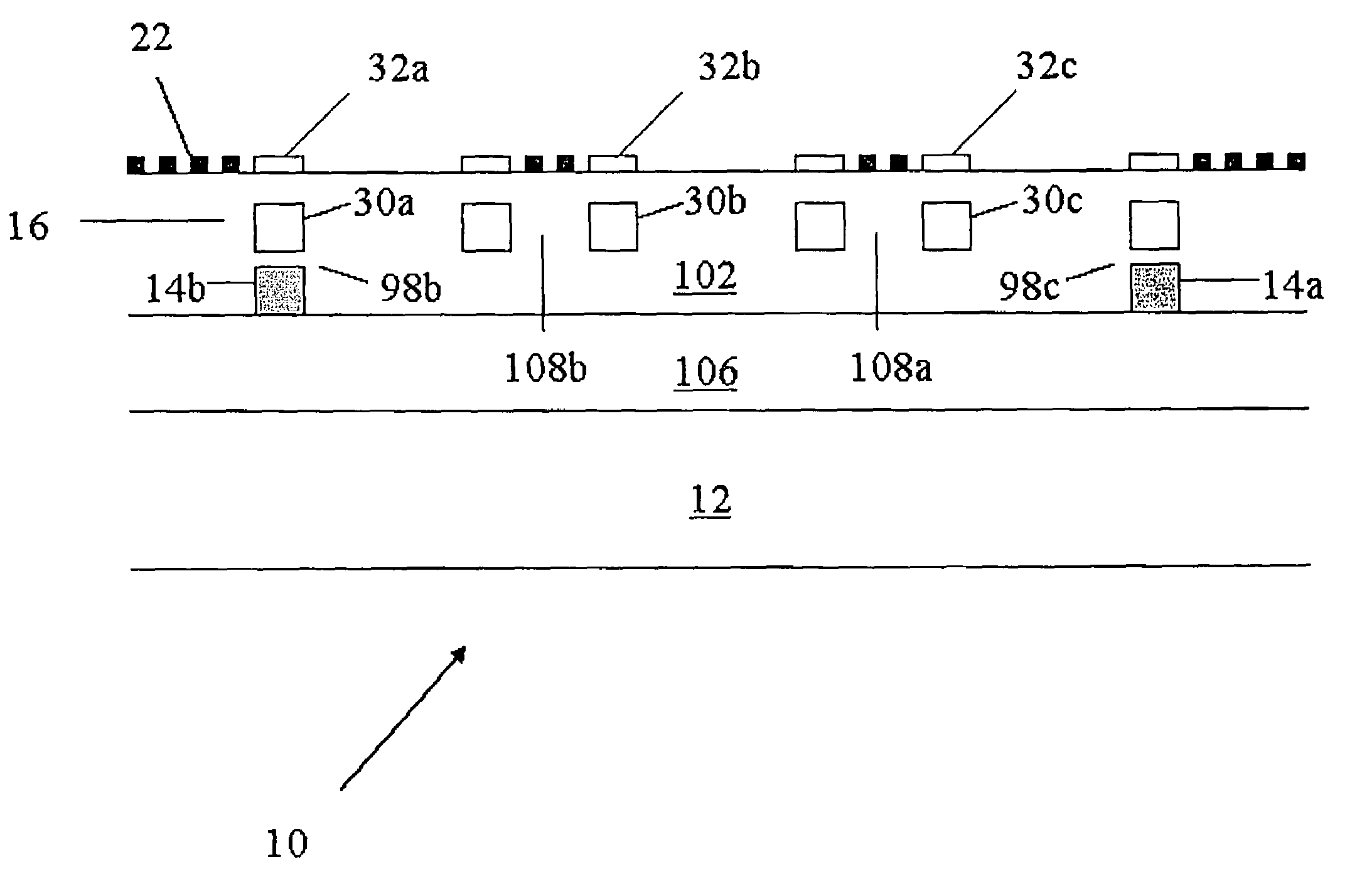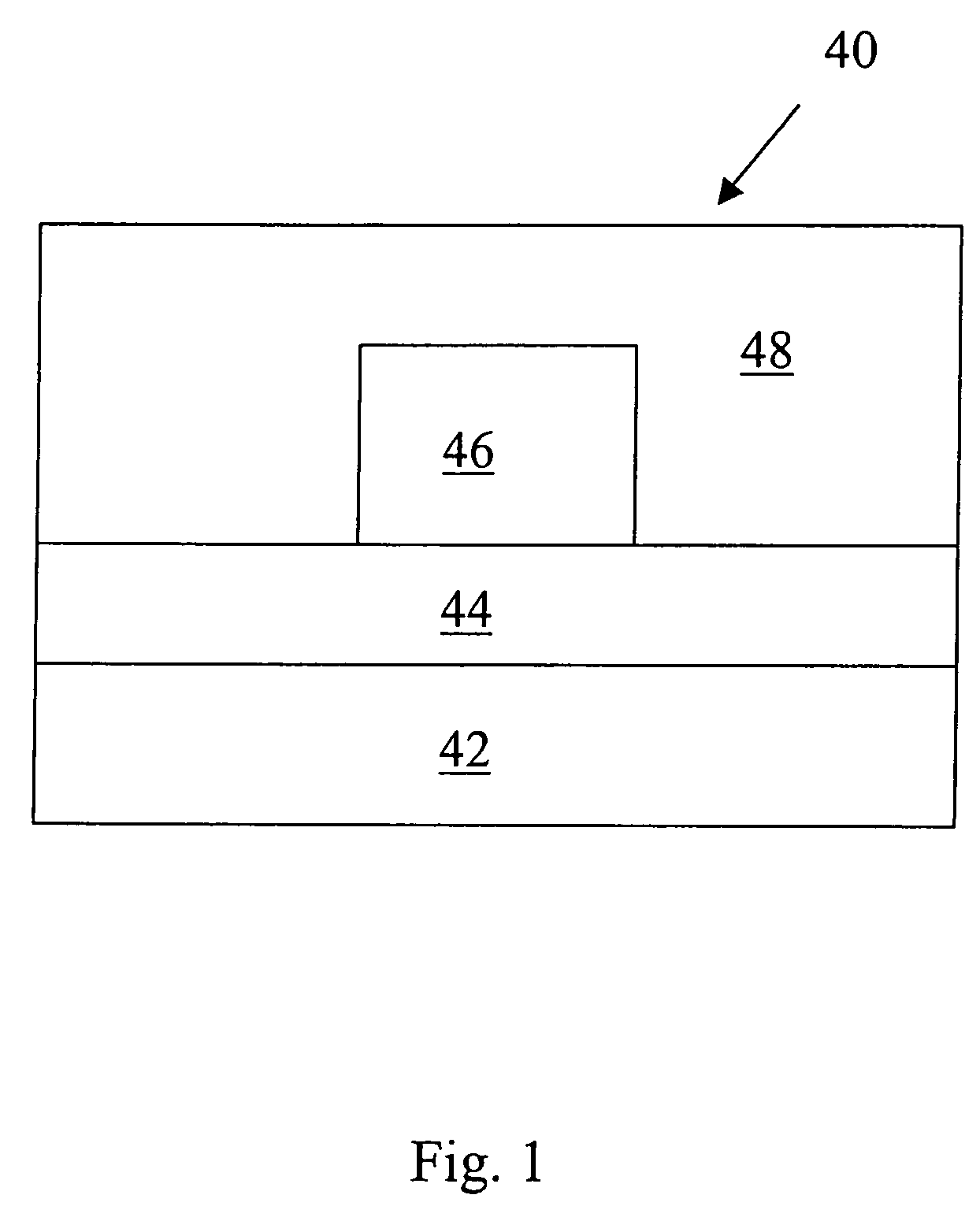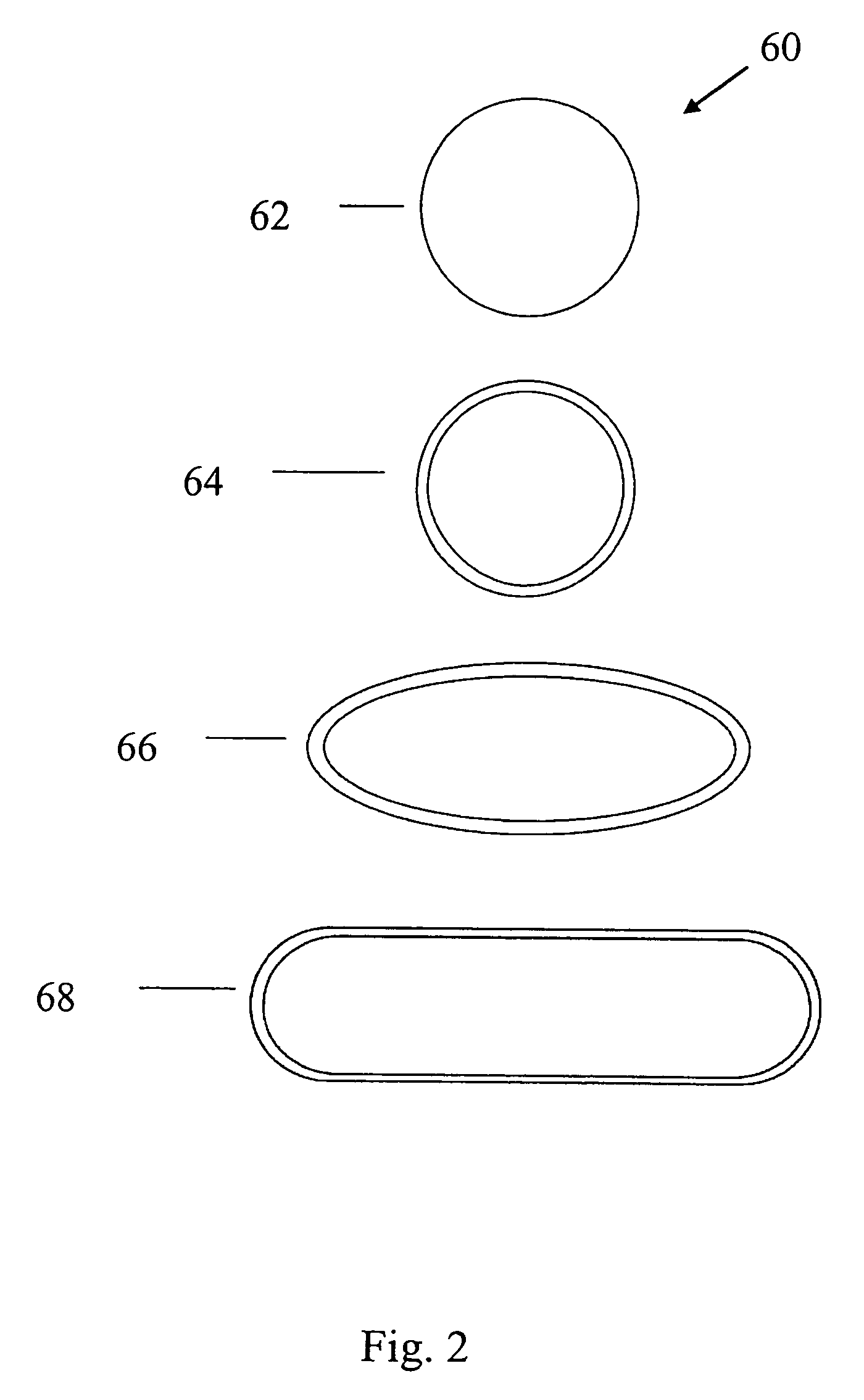Coupled optical waveguide resonators with heaters for thermo-optic control of wavelength and compound filter shape
a thermo-optic control and heater technology, applied in the direction of optical waveguide light guide, instruments, optics, etc., can solve the problems of large dn/dt, unsuitable materials with high dn/dt magnitudes greater, and inconvenient use of thermo-optic devices requiring precise control of resonant frequency of better than 1 ghz
- Summary
- Abstract
- Description
- Claims
- Application Information
AI Technical Summary
Benefits of technology
Problems solved by technology
Method used
Image
Examples
Embodiment Construction
[0032]Presently preferred embodiments of the invention are shown in the above-identified figures and described in detail below. In describing the preferred embodiments, like or identical reference numerals are used to identify common or similar elements. That is, the reference numerals include similar numeric prefixes and different alphabetic suffixes to specifically identify particular elements in the drawings. The numeric prefix by itself refers to a group of elements and not to any particular element. The figures are not necessarily to scale and certain features and certain views of the figures may be shown exaggerated in scale or in schematic in the interest of clarity and conciseness.
[0033]Referring now to the drawings, and more particularly to FIGS. 5 and 6, shown therein is an integrated optical device 10 constructed in accordance with the present invention. The integrated optical device 10 is provided with a substrate 12, at least one optical waveguide 14 (two are shown and ...
PUM
| Property | Measurement | Unit |
|---|---|---|
| resistance | aaaaa | aaaaa |
| resistance | aaaaa | aaaaa |
| resistance | aaaaa | aaaaa |
Abstract
Description
Claims
Application Information
 Login to View More
Login to View More - R&D
- Intellectual Property
- Life Sciences
- Materials
- Tech Scout
- Unparalleled Data Quality
- Higher Quality Content
- 60% Fewer Hallucinations
Browse by: Latest US Patents, China's latest patents, Technical Efficacy Thesaurus, Application Domain, Technology Topic, Popular Technical Reports.
© 2025 PatSnap. All rights reserved.Legal|Privacy policy|Modern Slavery Act Transparency Statement|Sitemap|About US| Contact US: help@patsnap.com



